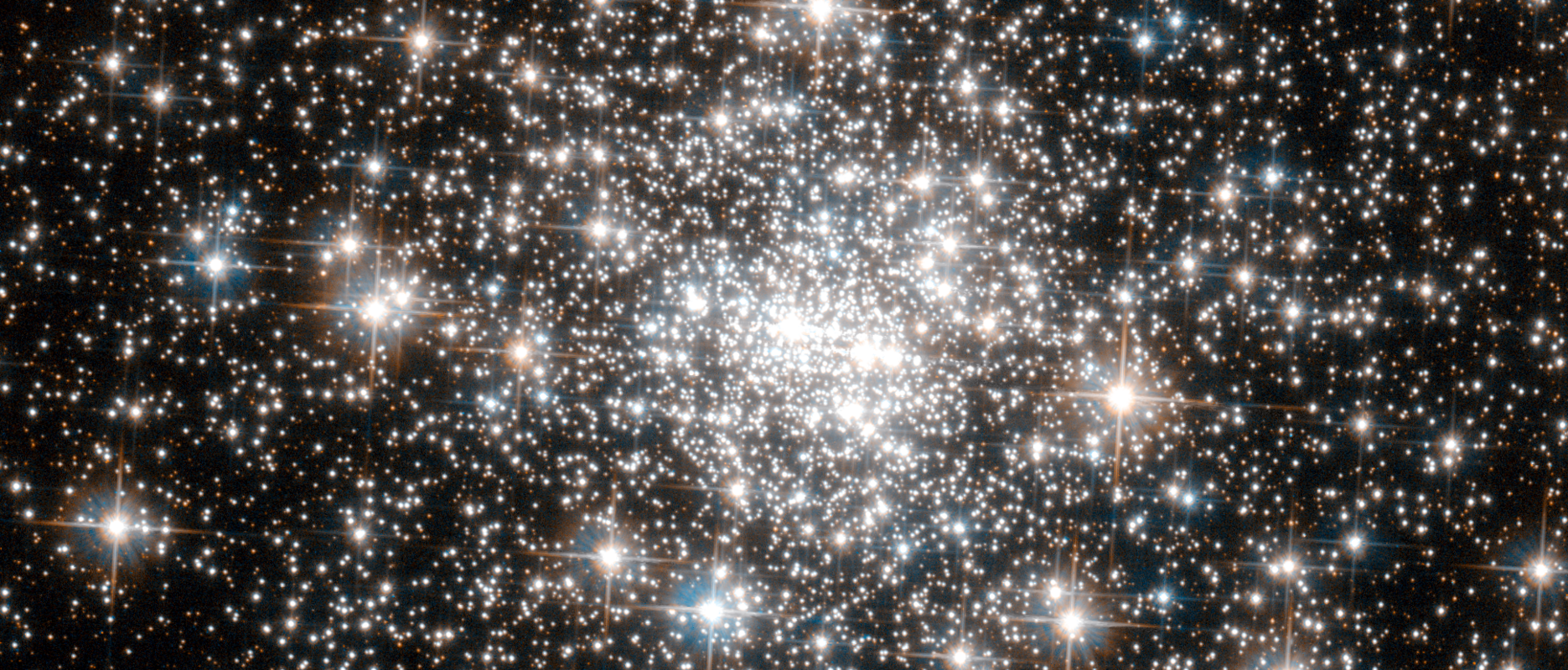Globular Clusters
The present day mass function

The globular cluster NGC 6642: evidence for a depleted mass function in a
very old
cluster
Balbinot, E.; Santiago, B. X.; Bica, E.; Bonatto, C.
(MNRAS; 14 citations)
Globular clusters are collisional systems, meaning that their dynamics is governed by two-body relaxation (close interactions between its stars). This means that through energy equipartition the most massive stars will have the tendency to sink to the centre of the cluster. This is expected to happen in a time scale of the order of the relaxation time-scale.
I have used HST/ACS data to study this phenomena in one globular cluster in the Galaxy, NGC 6642. See my 2009 paper linked in the header of this page.
The dissolution and evolution of stellar clusters
Probing the Large Magellanic Cloud age gap at intermediate cluster
masses
Balbinot, E.; Santiago, B. X.; Kerber, L. O.; Barbuy, B.; Dias, B. M.
S.
The tidal tails of NGC 2298
Balbinot, E.; Santiago, Basílio X.; da Costa, Luiz N.; Makler,
Martin; Maia, Marcio A. G.
The devil is in the tails: the role of globular cluster mass evolution on
stream
properties
Balbinot, E.; Gieles, Mark

Due to internal evolution and the interaction with the tidal-field of the Milky Way (or their host galaxy) star clusters will slowly dissolve. Understanding the phenomena is crucial to link the current population of clusters in the Galaxy to its original, pristine population. I have studied this phenomena, both in our Galaxy and the Large Magellanic Cloud. More specifically I searched for signs of dissolution in the form of tidal-tails and evidence of the tidal influence on the rotation in the outskirts of these objects.
Other stuff
Although not extremely popular in recent astronomy, globular clusters were the first of (many) research topics I have tackled. Please take a look at my full publication list to see more about it, or drop me a message. More often than not, I will drop what I am doing for the chance to take a look at some cluster data ;)
